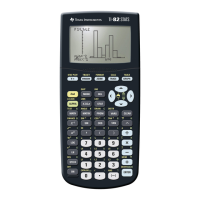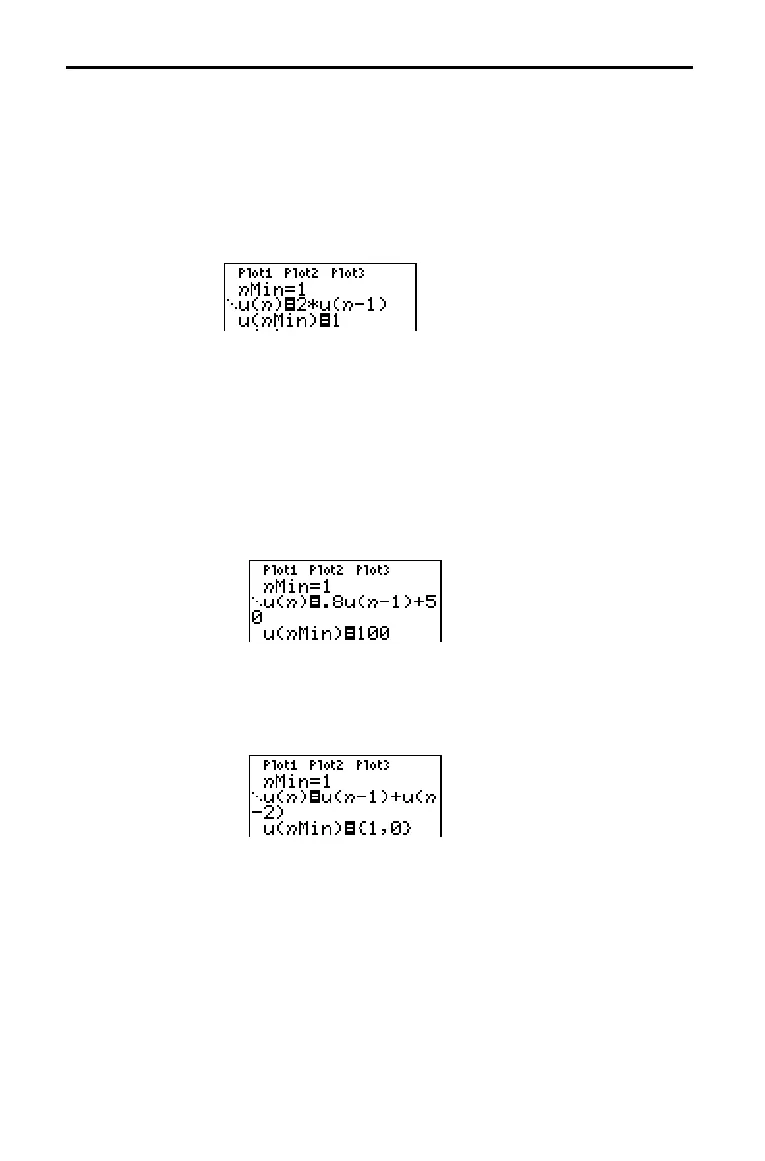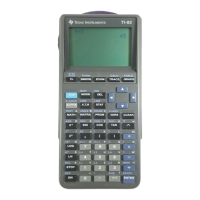6–6 Sequence Graphing
82EAB9~1.DOC TI-83 international English Bob Fedorisko Revised: 10/28/05 9:28 AM Printed: 10/28/05 9:28
M Page 6 of 16
In a recursive sequence, the nth term in the sequence is defined
in relation to the previous term or the term that precedes the
previous term, represented by
u(nN1) and u(nN2). A recursive
sequence may also be defined in relation to
n, as in
u(n)=u(nN1)+n.
For example, in the sequence below you cannot calculate u(5)
without first calculating u(1), u(2), u(3), and u(4).
Using an initial value u(nMin) = 1, the sequence above returns
1, 2, 4, 8, 16, . . .
Tip: On the TI-82 STATS, you must type each character of the terms.
For example, to enter u(nN1), press y [u] £ „ ¹ À ¤.
Recursive sequences require an initial value or values, since
they reference undefined terms.
• If each term in the sequence is defined in relation to the
previous term, as in u(nN1), you must specify an initial value
for the first term.
• If each term in the sequence is defined in relation to the term
that precedes the previous term, as in u(nN2), you must
specify initial values for the first two terms. Enter the initial
values as a list enclosed in braces ({ }) with commas
separating the values.
The value of the first term is 0 and the value of the second term
is 1 for the sequence
u(n).
Defining and Displaying Sequence Graphs (continued)
Recursive
Sequences

